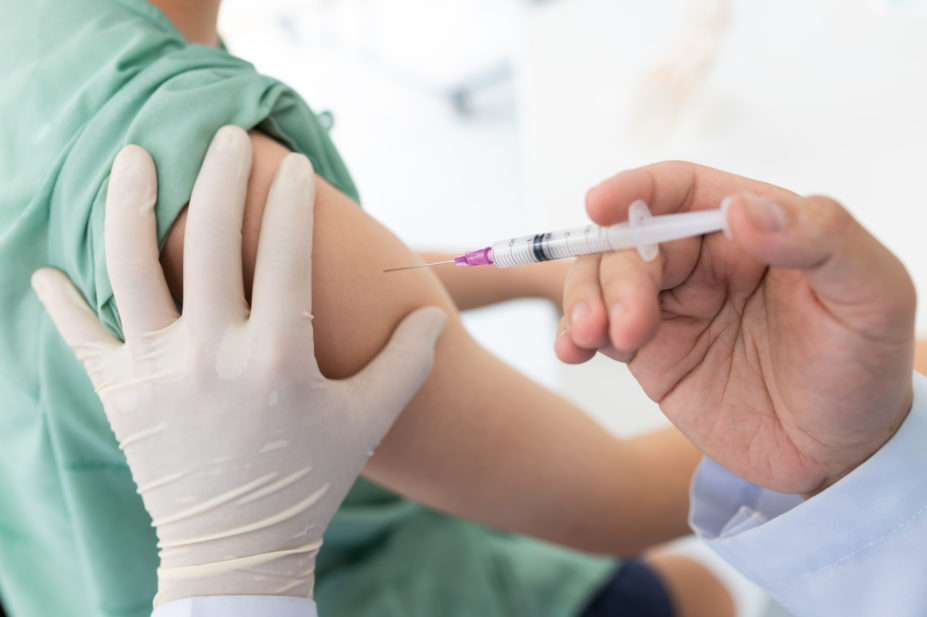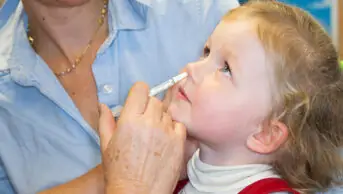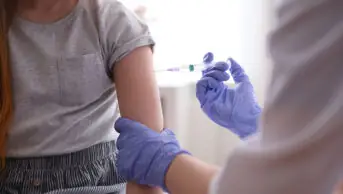
Shutterstock.com
Community pharmacies in England sent 1.6 million electronic flu vaccine notifications to GP practices during the 2020/2021 flu season, NHS Digital has said.
This is an increase from 30,000 of these types of notifications that were sent during the 2019/2020 flu season, after a two-week pilot of the system earlier that year.
The notifications are a transfer of data that automatically adds vaccination details directly to a patient’s GP record, alerting GPs when a patient has received their flu vaccine in a community pharmacy.
The Professional Record Standards Body (PRSB), which designed the framework on which the electronic notification system is based, added that pharmacists will also soon be able to send alerts to GPs about a wider range of services, such as hypertension and advice on minor illnesses.
As part of the service specification for the community pharmacy seasonal influenza vaccination advanced service, pharmacies are required to “ensure that a notification of the vaccination is sent to the patient’s GP practice on the same day the vaccine is administered or on the following working day”.
In a statement to The Pharmaceutical Journal, NHS Digital said that during 2020/2021, pharmacies using the Pinnacle system sent 1,236,011 electronic notifications to GP practices, while those using Sonar sent “roughly 327,000” notifications.
The electronic data transfers were able to be received by around 6,600 GP practices using either EMIS Web or TPP SystmOne computer systems.
The increase in data transfers follow a record-breaking flu vaccination season in 2020/2021, with pharmacies across Sonar and Pinnacle providing 2.62 million flu vaccines between 1 September 2020 and 31 March 2021.
These types of electronic notifications are also used to alert GPs when patients are given an urgent supply of medicine through the Community Pharmacist Consultation Service.
Claire Anderson, chair of the Royal Pharmaceutical Society’s English Pharmacy Board, said she was “very pleased to see a significant increase in the use of the electronic notifications system for flu vaccinations”.
“The importance of managing patient data and sharing information between community pharmacies and GP practices has been magnified by the COVID-19 pandemic,” she said.
“Utilising this data transmission protocol is incredibly important for improving safety and reducing duplication between pharmacists and GPs, and we are encouraged by the success of this digital solution.
“We have been pleased to work with NHS Digital and key partners on electronic notifications for flu vaccines and we now look forward to seeing the system expanded in to other services, ensuring increased confidence in sharing real-time patient information between community pharmacists and GPs.”
Kingsley Ejeh, project manager at the PRSB, said: “As the role of community pharmacists continues to expand, it’s crucial that important information can be shared back with GPs digitally for a better, safer and more integrated health and care system.
“It’s been especially important during the pandemic, as the NHS tries to increase the numbers of people vaccinated against flu to reduce additional pressure on services.
They added that the PRSB pharmacy standard “covers numerous other pharmacy services, and digital notifications”, which will be rolled out soon, including “testing for specific conditions (e.g. hypertension), advice on minor illnesses, [and] support with medical devices”.
How do flu vaccination electronic notifications work?
The flu vaccine notification system was developed using the Professional Record Standards Body’s (PRSB’s) pharmacy information flows data standard, which was published in November 2018 and endorsed by the RPS and other professional bodies.
The data standard was aimed at improving communications between pharmacists and GPs, and will allow community pharmacists to share information gathered from patients while providing services, such as vaccinations, medicines and guidance with their GP in a digital format.
The standard itself describes what information should be shared between healthcare professionals, with NHS Digital then using it to develop technical requirements for IT suppliers to build computer systems that can then send and receive structured messages with clinical information to be added to the patient’s GP record.
READ MORE: Pharmacy access to full patient records is more critical than ever


